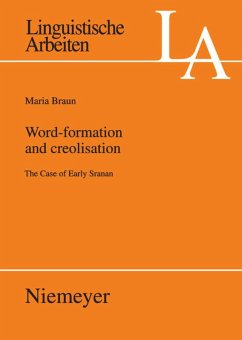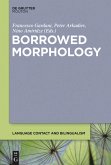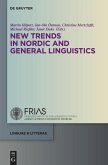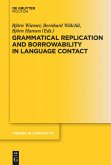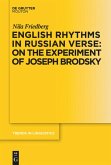This book explores a relatively little investigated area of creole languages, word-formation. It provides the most comprehensive account so far of the word-formation patterns of an English-based creole language, Sranan, as found in its earliest sources, and compares them with the patterns attested in the input languages. One of the few studies of creole morphology based on historical data, the book discusses the theoretical problems arising with the historical analysis of creole word-formation and provides an analysis along the lines of Booij's (2005, 2007) Construction Morphology in which the assumed boundaries between affixation, compounding and syntactic constructions play a very minor role. It shows that Early Sranan word-formation is characterised by the absence of superstrate derivational affixes, the use of free morphemes as derivational markers and of compounding as the major word-formation strategy. The emergence of Early Sranan word-formation involved multiple sources (the input languages, universals, language-internal development) and different mechanisms (reanalysis of free morphemes as derivational markers, adaptation of superstrate complex words, transfer from the substrates and the creation of innovations). The findings render untenable theoretical accounts of creole genesis based on one explanatory factor, such as superstrate or substrate influence.

